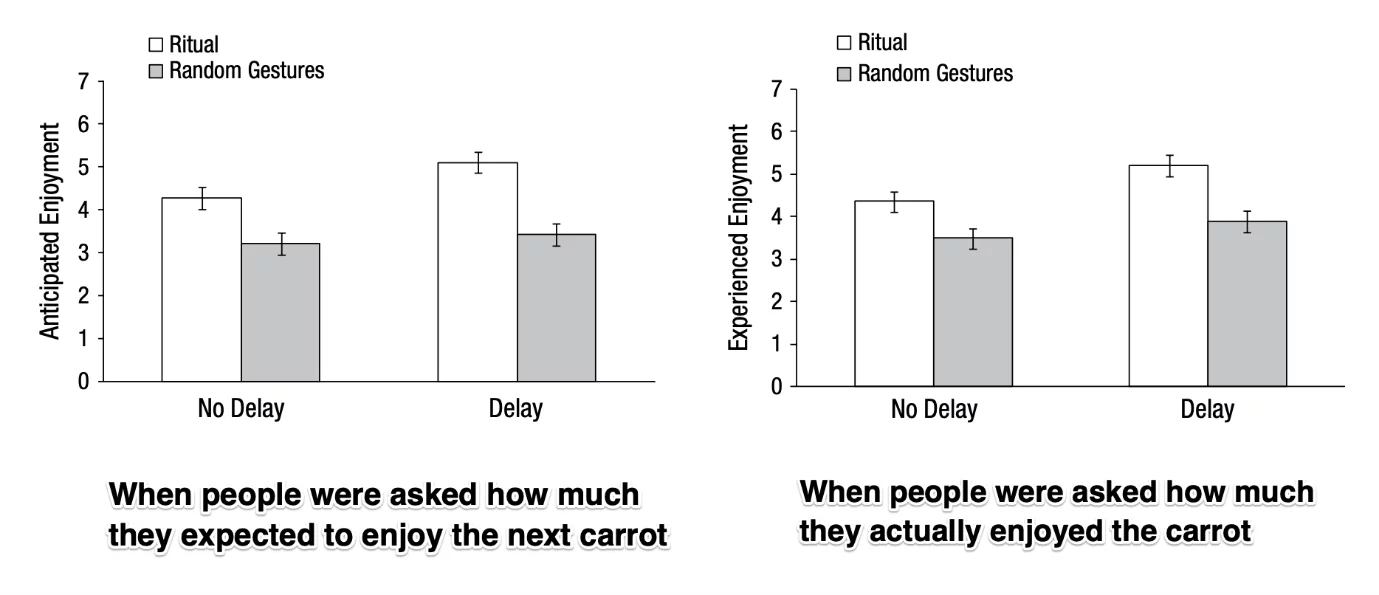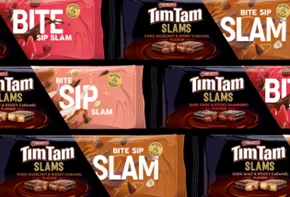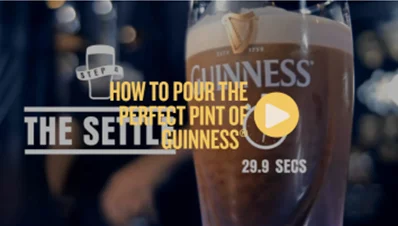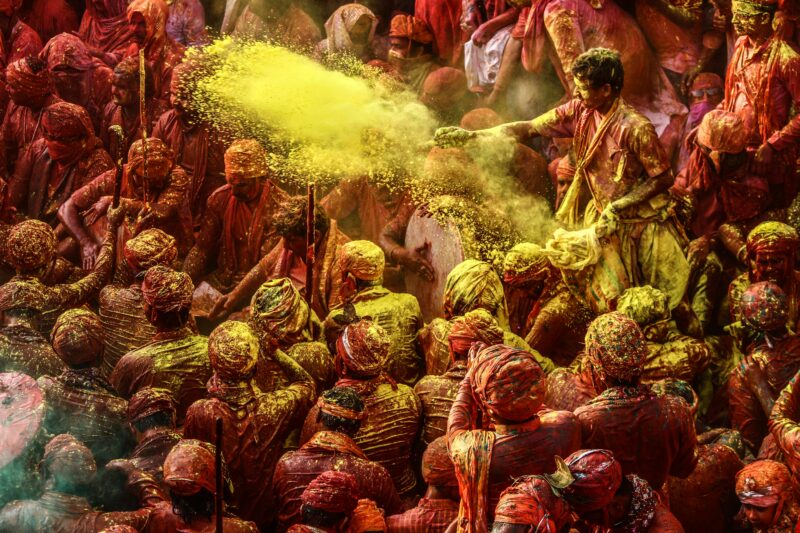How Brands Can Harness the Power of Ritual Consumption
Rituals are often described as a set of repeatable behaviours that hold ‘meaning beyond their functional role’. Rituals in the context of consumers and brands are considered ‘the holy grail’ in the advertising world. Creating an association between a product and a person’s habitual behaviour is a powerful tool for brands to harness.
But why is this the case?
Rituals help to elevate the experience of even the simplest of products into something much greater, and as this research study found, they can even enhance consumption.
The crux of the experiment involved asking one group of participants to perform a specific ritual (breaking and unwrapping a chocolate bar in a particular way before consumption), whilst allowing another group to consume the chocolate bar however they wished (i.e., no specified ritual). It was observed that those who had performed the ritual found the chocolate more flavourful than their counterparts, whilst also savouring, valuing, and enjoying the chocolate more. This remained consistent as the moderators replaced the chocolate with lemonade and even simple vegetables like carrots.
The research also uncovered random gestures do not promote the same enhancement as defined rituals. Interestingly, rituals are also most effective when there is a delay between consumption (a case of anticipation heightening the pleasure of experience), and there is personal involvement (i.e., the person who is consuming the product performs the ritual themselves).

Not only can thoughtful rituals increase brand value in consumer’s minds, but they also act as a powerful and unique point of difference. As Professor of Marketing at Rice University Utpal Dholakia explains:
“Well-designed and popular brand-specific rituals are virtually impossible for competitors to imitate, no matter how similar or even superior their own products may be. The twist, lick, dunk ritual belongs to Oreo and Oreo alone. For the foreseeable future, it can keep socialising new generations of children to practice this ritual — and become loyal and life-long consumers of its cookies.”

Vohs, Wang and Gino (the team behind the study) concluded that “Rituals, then, might serve as a covert means to get people to do a little more of what makes life worth living,” or, selfishly from a brand perspective, create means for greater consumption, experience, and loyalty.
How do brands create product rituals?
So, how do brands build rituals into their own products consumption? Well, it’s often easier said than done. Yet, success can generally be attributed to creating something built on existing behaviours. For example, the Tim Tam Slam, the iconic Australian consumption ritual of biting the corner off a Tim Tam and using the biscuit as a melting, chocolatey straw for your hot drink, was adopted by the brand itself.

A deep understanding of consumer behaviour and how people are interacting with the product is essential. Also critical, is that rituals are consumer focussed, simple and make sense within the confines of the product. Making someone do three spins and a handstand before a bite of chocolate wouldn’t exactly enrich the experience would it?
Ultimately rituals create a dual benefit for both brands and consumers. Not only do they create an enriched experience and pleasure for consumers, but they also benefit brands by establishing meaning, promoting repeat purchase and solidifying a unique identity.
To finish here are some great examples of brand rituals:
Coopers: #THISISHOWWEROLL
South Australian beer brand, Coopers has long promoted the action of rolling their cans and bottles of pale ale before you crack them open. As they explain to their customers, “To enjoy the complete Coopers experience, we encourage people to roll their bottle before opening it. This helps move the sediment through the beer, unlocking its full flavour and imparting the signature cloudy appearance. Now there’s a chance that people will stare at you while you do this, but don’t let that faze you. Roll your Coopers with pride, and we promise the results are worth it.”
They’ve recently been highlighting different practices for rolling on their Instagram:

Guinness: Pouring The Perfect Pint
Another example of a beer company implementing a ritual for their product is Guinness. They encourage consumers and bartenders to adhere to a strict six step pour process before consumption, resulting in ‘the perfect pint’.
“We spent a long time crafting this beer, which is why we’re so passionate about the pour. This is how we ensure that every single mouthful of the black stuff tastes exactly as our expert brewers intended. There are six steps to pouring an impeccable pint of Guinness; it’s all in the detail, from the tilt of the glass to the surge and the settle, culminating in a beer that’s made to be savoured”

KitKat: Snip Snap Break
KitKat consistently uses the ‘break’ messaging in their advertising, with this even extending to how they suggest people prepare and eat their chocolate bar.
https://www.facebook.com/kitkat.ph/videos/break-ritual/1039872283069668/?locale=sw_KE



